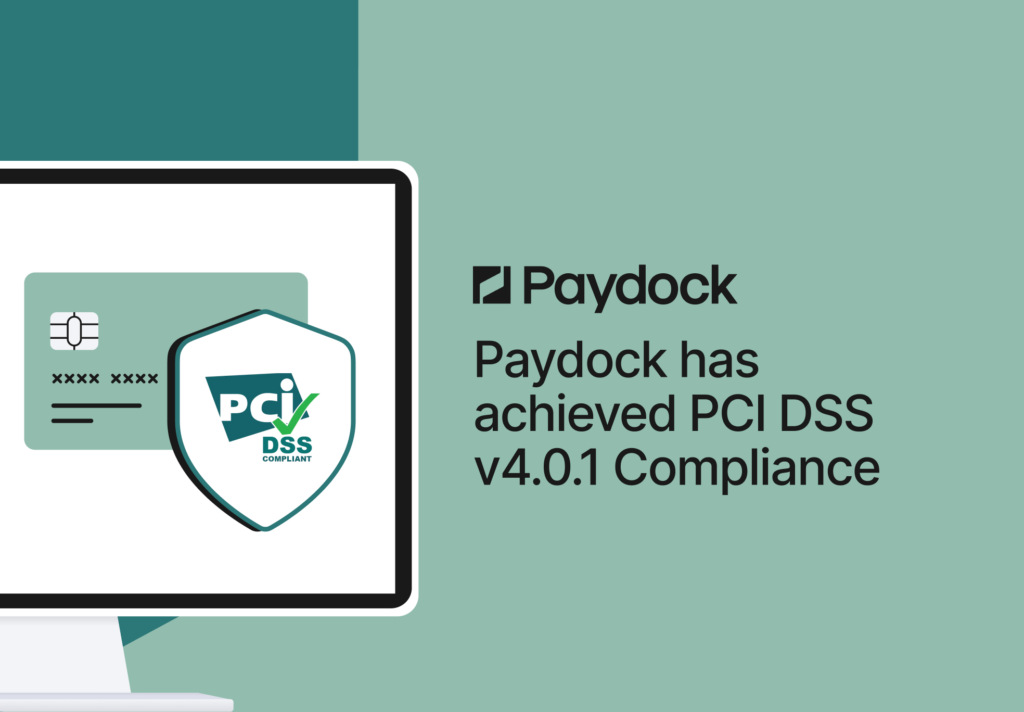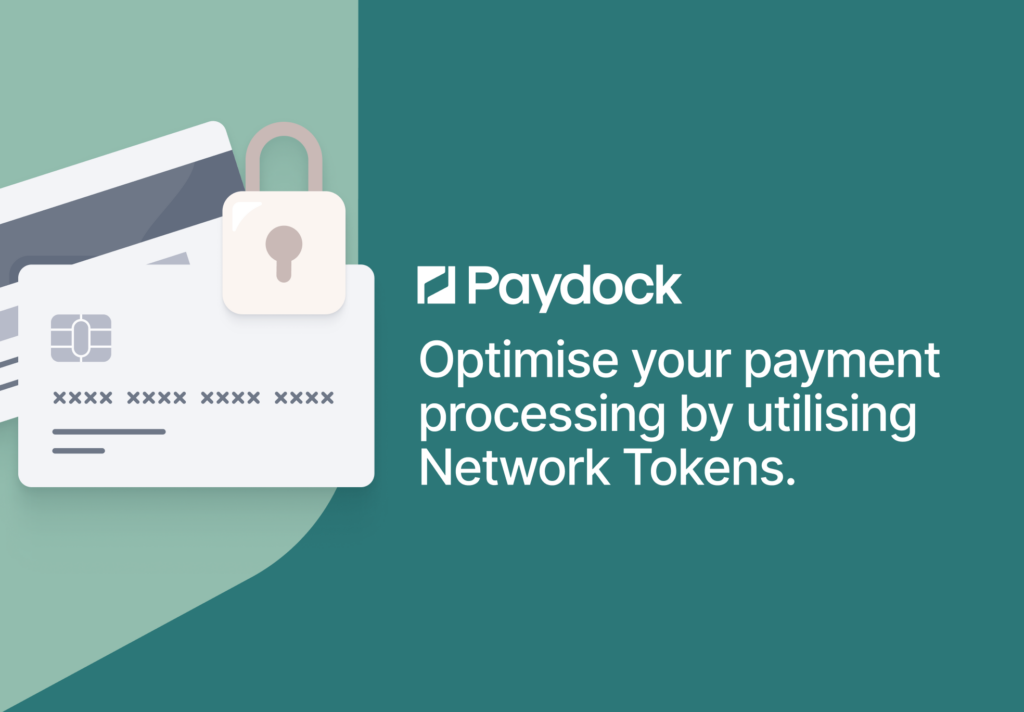The wonderfully relaxing dictionary definition of being efficient is, ‘achieving maximum productivity with minimum wasted effort or expense’. [1]
While I would argue we are all more or less aware of a desire to become efficient within our organisations, the specific steps required to move toward that end state are often vague and ominously serviced by men in suits who manage to consume the target benefit through their own set of processes and fees. And so we continue to pay homage to the idea without also carrying a confidence we could take intentional, unambiguous and satisfying steps in that direction. Mostly, we hope that someone won’t notice.
But efficiency matters. At PayDock I’ve spent significant time analysing one of the primary areas of inefficiency in many organisations – payments management. Our research has indicated that for not-for-profits, often between $0.10 and $0.15 of every dollar raised is consumed in activities and costs both hard and soft directly related to payments administration.
The recent bushfire crisis in Australia highlighted this. The Australian Red Cross (ARC) when asked admitted they may need to spend ‘as much as $11 million’ or ‘10% of monies raised’ on processing the payments received [2]. What is of interest to me is that this number doesn’t necessarily shrink as soon as the bushfire crisis is over.
This is not abnormal for the sector and ARC’s numbers are largely symptomatic. Let’s be clear, it’s not like Australian Red Cross (or any other large NFP) takes satisfaction in this overhead, it’s just that until recently there hasn’t been a way to do any better.
A crisis merely reveals the inefficiencies.
Typically the overs-and-unders of business mask costs created through inefficient systems and the public eye isn’t so closely turned to ensuring hard-earned money reaches the target destination. However, in an unsurprising reaction to the awareness of inefficiency I noticed a number of fundraising appeals and conversations appeared related to directly passing the money to needy recipients rather than routing it through the traditional large aid organisations. The rise of these fintech solutions to achieve this with greater efficacy and transparency has created a disintermediation factor further demanding that at the big end of town we take this matter seriously. The public does not necessarily feel the efficiency gap is justified by the additional value of the brand. So, efficiency matters significantly both in terms of impact and brand.
To put this in a broader context, the charitable individual giving market is approximately ~$500bn p/a USD in the English speaking world [3]. If we (conservatively) assume that say 3% (not even the full amount discussed above) is lost in the management of the systems and data used to collect and manage these funds, this presents a solvable $15bn USD global aid hole EVERY SINGLE YEAR.
Moving the efficiency needle by 20% within this recognised inefficiency would release $3bn USD per-annum back to the field – which we can do. This is more than the Australian Government’s total global foreign aid budget [4].
In the case of the Australian Red Cross, a modest fix as described above would have released an additional $2.2m AUD of donated money to farmers and families suffering from this summer’s devastation.
If one wanted to make a difference in the world, solving this issue might be one way to do it.
But is increasing the efficiency of an increasingly digital payments landscape easy? No, and yes.
Firstly, it’s not. The increasing amount of fragmentation in the payments landscape, the growing demand for donor choice of payment method, the increasing burden of compliance and the general lack of interoperability in the payments market have all combined to create the issue that the Australian Red Cross (and others like them) are now facing and struggle to avoid. The change must come at an infrastructure level if it’s to come at all.
Secondly it is. When we started the PayDock journey, our core mission was to solve this problem at that very infrastructure layer – and to do it without forcing a decision to change banks, relationship management systems, website or other services (rather to support and enable each). We call this new generation of service a, ‘payments orchestration platform’, or ‘PoP’.
The data we’ve now received from our customers has demonstrated that it is in fact possible to improve the digital giving bottom line by as much as 15% by harmonising and coordinating payments in this manner. This overnight removes the inefficiencies mentioned above and addresses other profit-draining habits effectively.
So while on any given Sunday we might not care about inefficient systems, we’re especially aware of it when things go wrong and money needs to move into the right hands fast.
If you are a large not for profit and want to get in touch about how we can rapidly increase the efficiency in your payments solutions and release a greater percentage of donor giving directly into your distribution pool (as we have for others) I’m personally happy to invest some of my time seeing where we might be able to help you.
Contact me on my LinkedIn or I am happy to be reached directly on +44 7828 948 683
Rob
[1] Digital card-not-present fraud to hit $130B by 2023 – https://www.retaildive.com/news/digital-card-not-present-fraud-to-hit-130-billion-by-2023/545171/
References
[1] New Oxford American Dictionary
[2] Bushfire aid: Red Cross admits to $11 million ‘administration cost’ to help fire victims
[3] Numerous readily available reports detail global volumes of individual giving including Charity Navigator, Charities Aid Foundation and others
[4] 2019-20 Australian aid budget at a glance




 we are hiring self-motivated people to join our team
we are hiring self-motivated people to join our team